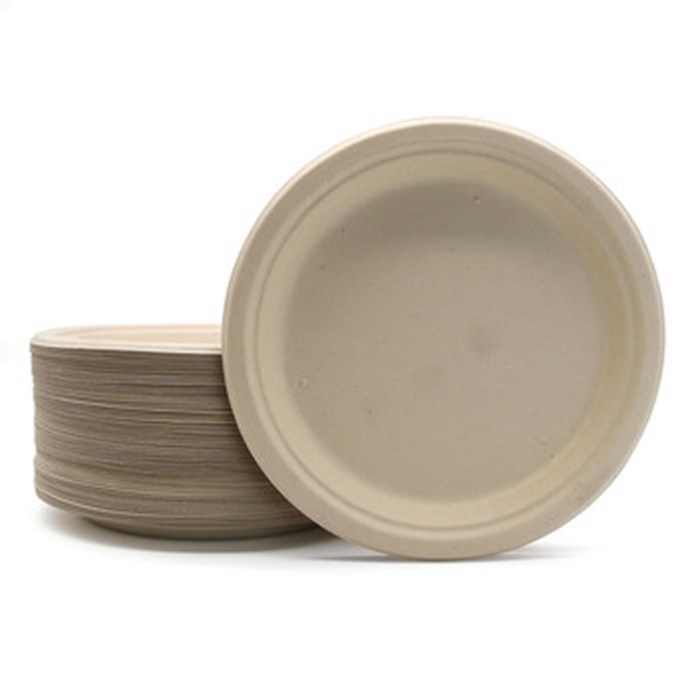According to the prediction of markets and markets, the global flexible packaging industry will grow at an average annual rate of 4.5% in the next five years and reach US $2005 billion by 2025. This is also accompanied by the significant growth of food, beverage, cosmetics, personal care, home and pharmaceutical products. Flexible packaging continues its development track because of its lightness, durability, graphic impact, convenience and supply chain advantages. Combined with the increase of consumers’ disposable income and the emergence of omni-channel retail, the prospect of flexible packaging market is bright.
First, the sustainable development agenda returns to the top of consumers’ attention. At the time of the most serious epidemic, health and safety characteristics are the most important for consumers. According to the white paper “packaging and processing under the influence of the epidemic” produced by PMMI business intelligence, the importance of sustainability is slightly reduced. Sealed packaging with products that are not touched by hands and integrated safety functions become very attractive. With the attractiveness of “clean” sanitary packaging goods, they are considered attractive and benefit from flexible packaging, followed by the revival of various plastics.
As the global supply chain returns to normal, the attention to the environment has again become the top priority of consumers, making plastic flexible packaging the focus. One of the challenges of meeting today’s waste infrastructure needs. In many cases, CO extruded or composite plastics cannot be separated to supply a single polymer waste stream, which is considered non recyclable. However, many packaging processors are developing new, innovative, fully recyclable and flexible single polymer packaging composites to take advantage of many advantages provided by these products.
Continuing the theme of sustainable development, the transition from plastic flexible packaging to paper flexible packaging continues. Plastics have advantages in barrier function, which can provide resistance to gas, moisture, light and aroma when needed. However, paper is suitable for some packaging applications, such as some candy products, and enables brands to improve their environmental image.
In addition to food and beverage packaging, compost has entered many markets. As a viable alternative to non recyclable plastic flexible packaging, compostable composites provide consumers with a form of biological recycling and avoid landfill and incineration.
Flexible packaging bags are also growing. These packages can provide excellent shelf display and vertical display. In addition, the durability and convenience functions built into the small bag design have laid the foundation for their growth. As the categories from pet food to baby food benefit, this form will expand to the traditional flexible packaging market and enter more e-commerce fields.
As consumers resume normal social activities, the demand for convenience items should increase significantly. From the resealable cover film to reducing food waste, and then to the return of shared packaging when consumers participate in social activities, barbecues and parties, the various opening and closing function options provided by flexible packaging will be promoted.
As we enter 2022, the integration of flexible packaging will begin to accelerate. As consumers have become accustomed to QR codes in all tracking systems and become more savvy online shoppers, they have more willingness and ability to adopt technology, so as to put pressure on brands to provide smart packaging. Whether integrating RFID to improve supply chain decision-making or using QR code to connect consumers with brands in a more direct and relevant way, flexible packaging opens the option of generating data and providing more effective marketing activities when integrating packaging.
In short, the prospect of flexible packaging industry is bright. From new environmentally friendly substrates to disposal options, from new opening and closing solutions to the integration of new technologies, flexible packaging is a victory for brands, processors and consumers.
Post time: Mar-08-2022

